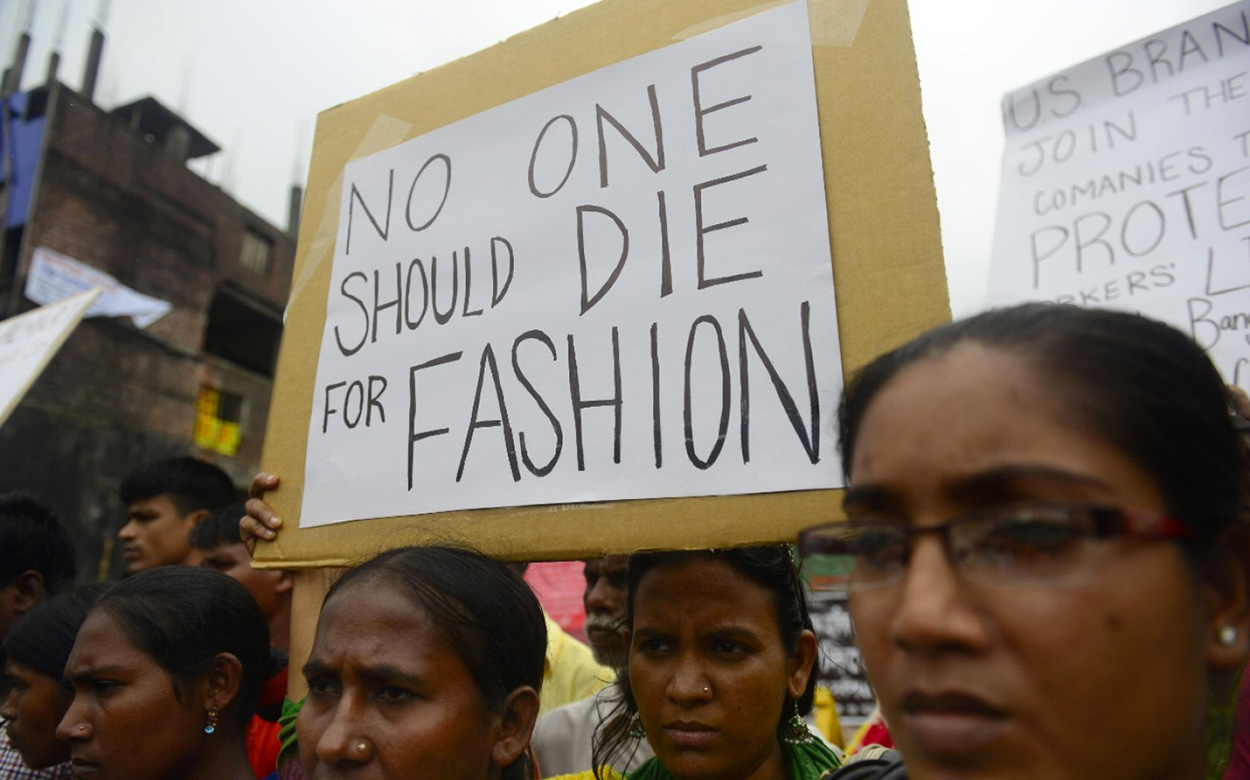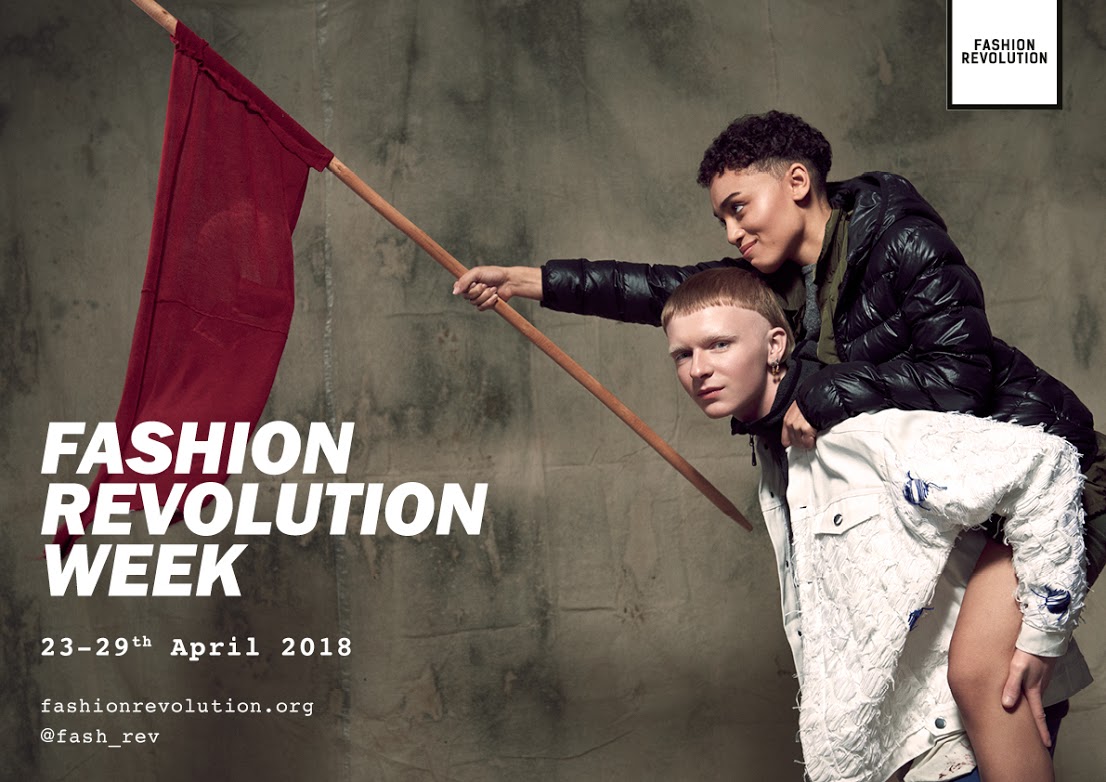Photo: responsabilitas.com
On 24th April 2013, the Rana Plaza building in Bangladesh bustling with garment workers collapsed. A total of 1,134 people were killed and another 2,500 were injured, making it the fourth largest industrial disaster in history. The building housed five clothing factories tasked with making items for international brands, and the tragedy shone a spotlight on the appalling conditions so many of our clothes are made in.
In the ensuing aftermath there was not only a wave of outrage, but thankfully also action. The main outcome was much-needed attention finally being paid to the safety hazards in local factories, which has resulted in fire doors being installed, electrical wiring updated and structural upgrades being made. “I think right now, of the developing countries with a ready-made garment sector, Bangladesh is the safest,” said Rob Wayss, executive director of the Accord on Fire and Building Safety, which was set up to improve local working conditions following the disaster. However, this initiative was instigated by western brands and only covers the factories that supply their goods. Progress is less obvious at the many factories that do not supply these companies.
The other area where progress has fallen short is employee wages. Writing in the Independent, Lizzie Rivera notes that around 75 million people, predominantly women, work in fashion and textiles across the globe, and that IndustriALL Global Union reports that 90 per cent of these workers have no possibility of negotiating their wages or conditions. She also explains that while the Bangladesh government has delivered a 77 per cent increase in the minimum wage for garment workers to £49 per month, research has found that many such employees are not even being paid a legal minimum wage – let alone a living wage – which makes the increase to the minimum wage meaningless to millions.
As a direct result of the Rana Plaza tragedy, ethical fashion designers Carry Somers and Orsola de Castro founded Fashion Revolution, a global movement calling for a fairer, safer, cleaner, more transparent fashion industry. And Somers acknowledges that the industry is starting to change. “More brands are being open about where their clothes are made. More manufacturers are making their factories safe. More producers are being seen and heard,” she has said. But while there have been some successes, systemic change has yet to happen and Fashion Revolution continues to demand action.
While the privately funded organization operates all year, it is probably best known for its annual social media campaign #whomademyclothes? During so-called Fashion Revolution Week, which crosses the anniversary of the Rana Plaza collapse, brands and producers are encouraged to respond with the hashtag #imadeyourclothes and to demonstrate transparency in their supply chains. The Independent reports that last year, 100,000 posts asked brands the question, and around 2,400 brands responded, some with an opaque link to their CSR policy, others with detailed information and even photos of the garment workers.
Seamstresses at Jyoti-Fair Works in Chittapur, India / Photo: Jyoti-Fair Works.
As Lizzie Rivera writes, if there’s more transparency then brands can start to be held responsible. However, it is not only international brands that hold the solution to this manmade problem. Change requires action by all parties involved, including consumers. We need to be aware of the impact our fashion choices have on the wider world, and use that information to help make a difference.
Main Home Page Image: Zakir Hossain Chowdhury/Anadolu Agency/Getty Images
Related Reading:
To Market, To Market: Artisanal E-Commerce Platforms
Omina2018: Refashioning Sustainable Thinking




